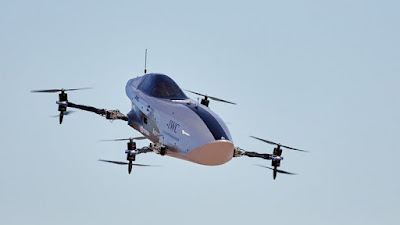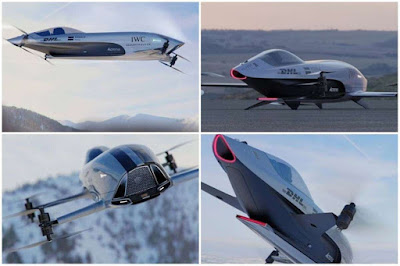Australia's Flying Race Car Airspeeder

Alauda Aeronautics Airspeeder Mk3 Source: Alauda First Unmanned Flights for Flying Race Car Alauda Aeronautics' Airspeeder Mk3 - a flying race car - has just successfully completed its first, unmanned test flights over the South Australia desert. The flying car is a spectacular piece of technology, inspired by Formula One race cars dating back to the 1950's and 1060's. It's an all electric, 13 feet long, octocopter e-VTOL, that vertically takes off and lands like a helicopter. Alauda is building at least ten Airspeeders, which will participate in the world's first flying race car races later this year. Cutting Edge Flying Car Technologies Airspeeder is powered by a lithium polymer battery that delivers fifteen minutes of flying time. The flying car weighs 287 ...


